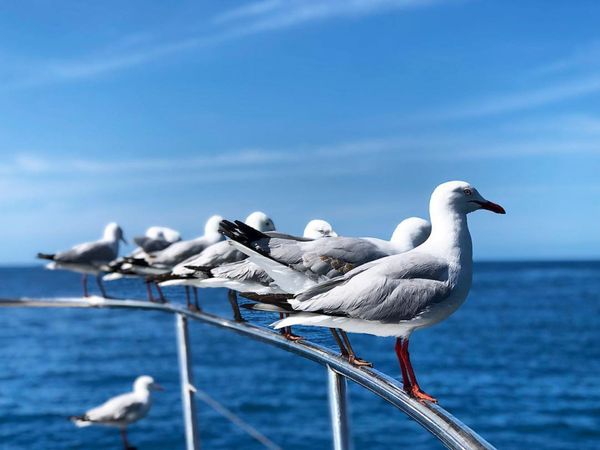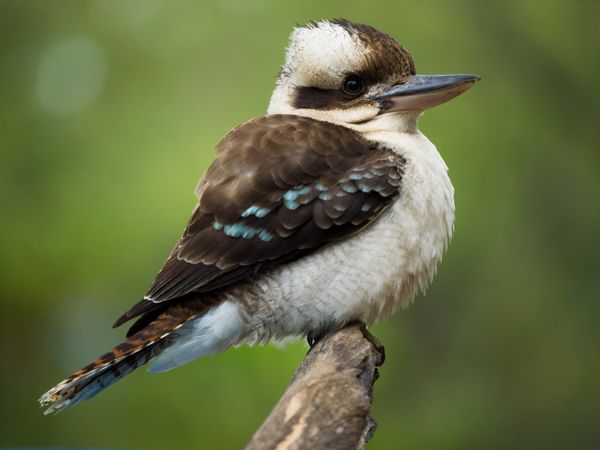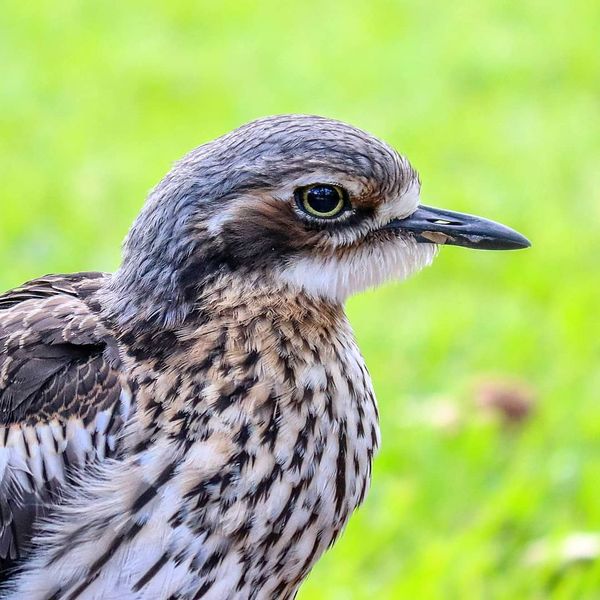Flock together and meet some feathered friends on a family holiday to Great Keppel Island. Just 15 kilometres offshore from Yeppoon on Queensland’s Capricorn Coast, the island is a wildlife haven ideal for families who like outdoor adventure. Check out the underwater paradise by snorkelling the reef, then grab your binoculars and look to the skies for some top-notch bird-watching.

Great Keppel is a bird-watcher’s paradise. Credit: TravMedia
Pelicans
As the rhyme goes: a wonderful bird is the pelican, his beak can hold more than his belly can! The pelican does, in fact, have the longest bill of any living bird. This surely comes in handy when catching fish. Head out to Great Keppel Island headlands to spot pelicans sitting on the rocky outcrops or around the offshore islands.
Silver Gull
Like the sound of some worms for dinner? No thanks! The silver gull is the most common gull found in Australia and enjoys hearty meals of insects, fish and crustaceans. They are pretty fearless around humans, especially when there are fish and chips in sight. So hold on, or you might end up sharing a meal with a gull after all.

These gulls look a lot like they come from Finding Nemo! Credit: TravMedia
Pacific Emerald Dove
A vibrant green with distinctive red bill, a trip in search of a pacific emerald dove is a good excuse to explore Great Keppel Island wetlands. Head out to Leeke’s Creek mangroves and coastal heaths. But you have to keep your eyes peeled closer to the ground. These colourful creatures prefer to strut their stuff rather than fly high.
Kookaburra
Giggle along with nature’s prankster, the cackling kookaburra! Follow its unique call to the forest areas behind Fisherman’s Beach.

Have a good chuckle with a kookaburra Credit: TravMedia
Red-tailed black cockatoo
You’ll hear the unmistakeable squawk of the red-tailed black cockatoo long before you see one. These majestic birds munch on seeds, nuts, blossoms and larvae and is officially a protected species. They can often be spotted roosting in casuarina trees. You can tell the females apart thanks to their yellow highlights.
Bush stone-curlew
For more of a bird-watching challenge, try and encounter the mostly nocturnal stone-curlew by listening for its call at dusk. These birds can live for up to twenty years, thanks to a scrumptious and healthy diet of insects, molluscs, frogs, spiders and lizards. Fun fact: stone-curlew parents share the responsibilities of child-rearing!

Catch a glimpse of a curlew. Credit: TravMedia
Unless you’re nocturnal like the stone-curlew, your flock will need a place to roost overnight after a hard day’s bird-watching. Book in to the Great Keppel Island Hideaway or Great Keppel Island Holiday Village.
Read more:
Why Lady Musgrave is the perfect island holiday with kids
Australia’s top islands for families
An island getaway on Lady Elliot
This a Family Travel online exclusive story. Make sure you don’t miss any exclusive digital content by subscribing to our email newsletter.

